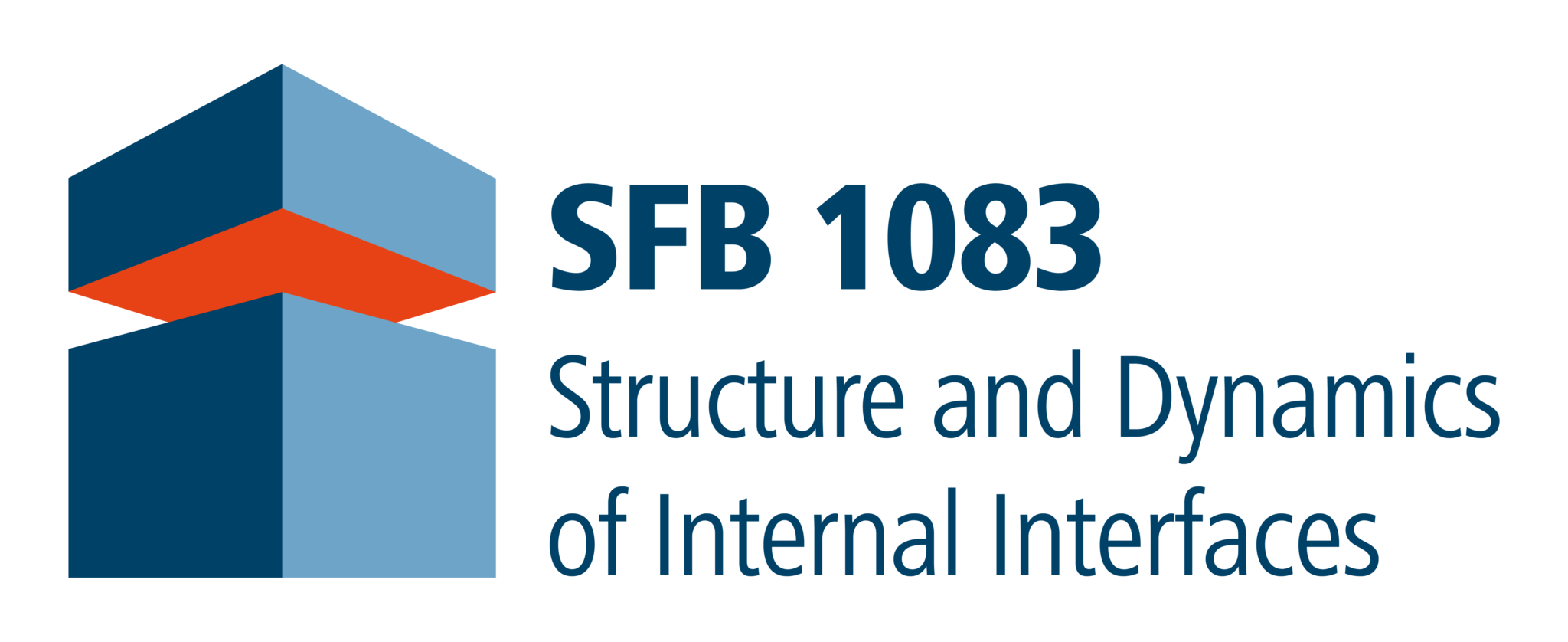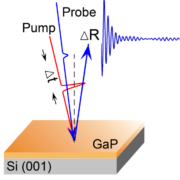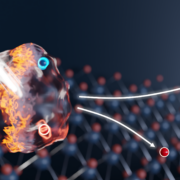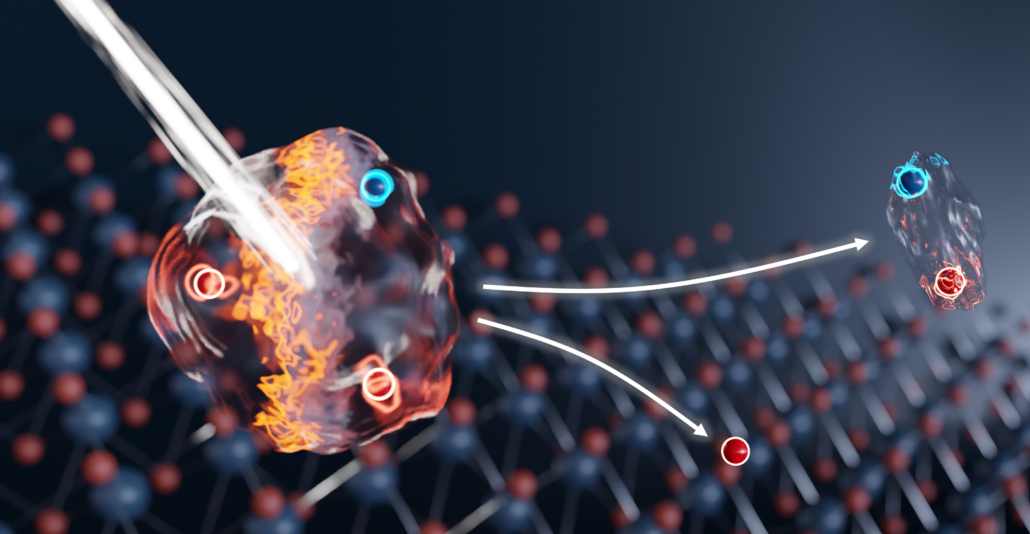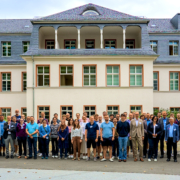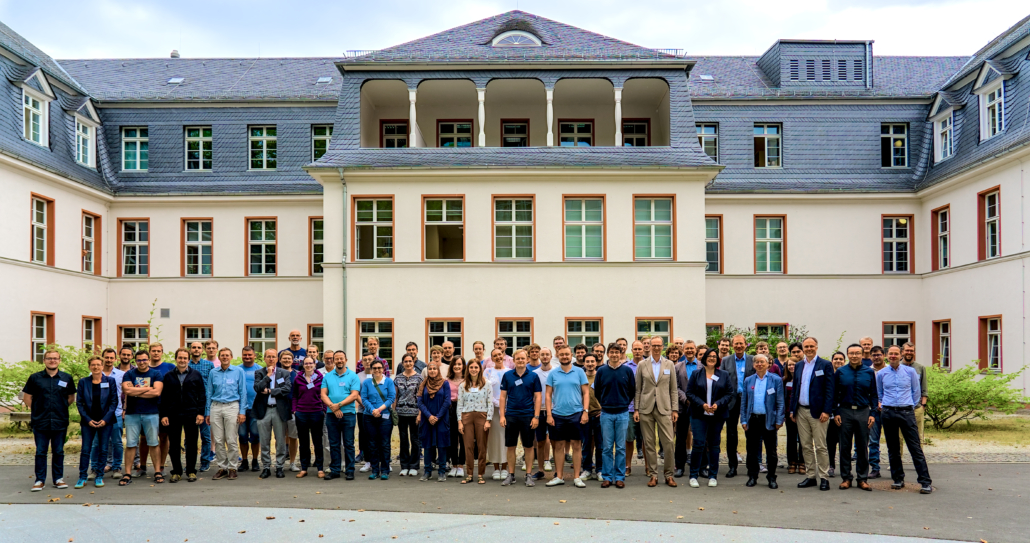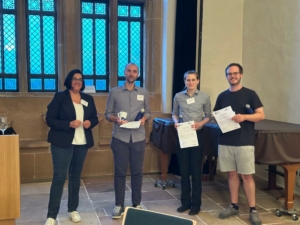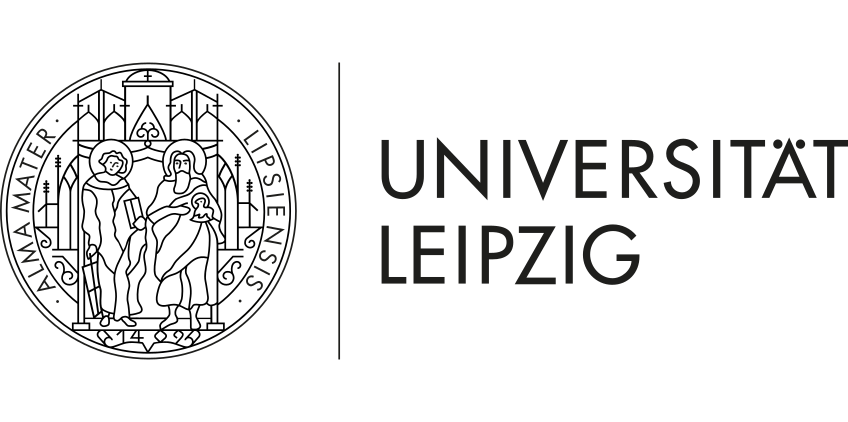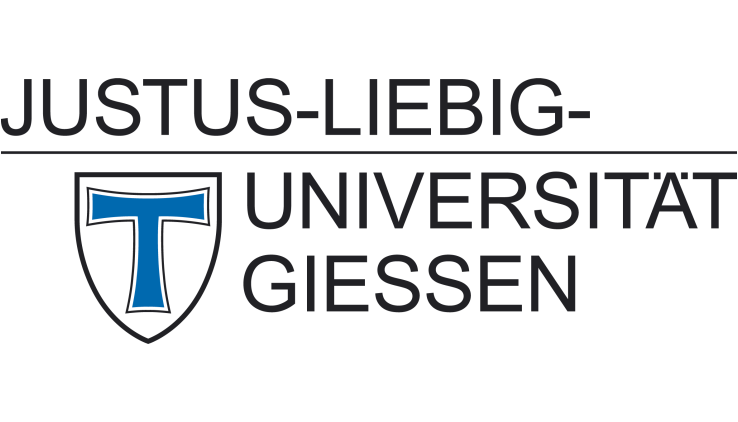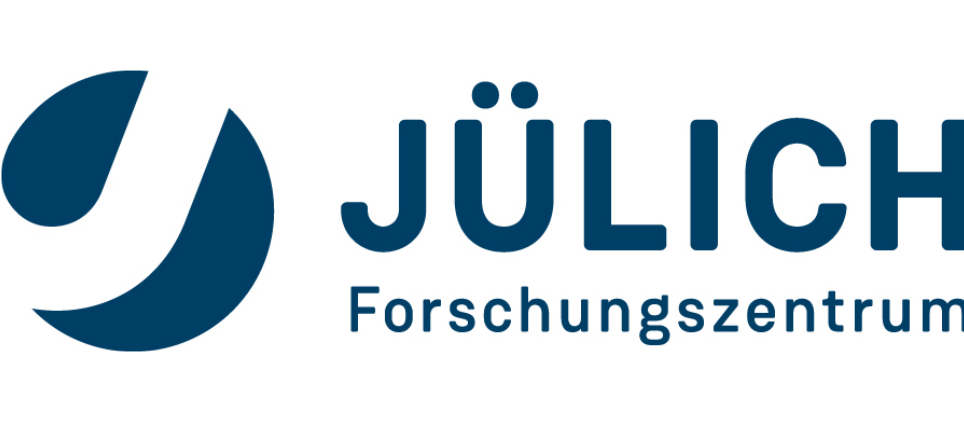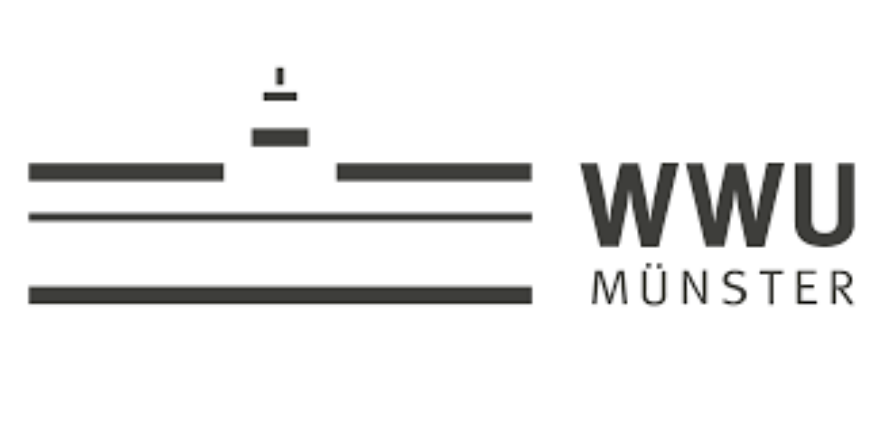Detection of an interface-specific coherent phonon mode – Publication by B5 (Höfer/Mette), A1 (Stolz) and A5 (Volz) in Advanced Materials Interfaces
Gerson Mette, former project B5, and co-workers succeeded in exciting and detecting an interface-specific coherent phonon signal at the buried GaP/Si(001) heterointerface
An important goal of the collaborative research centre SFB 1083 “Structure and Dynamics of Internal Interfaces” has been the advancement of the spectroscopy of buried interfaces. In this respect, the investigation of interface-specific phonons has proven to be most challenging. With the detection of a 2-THz difference-combination mode between a GaP-like and a Si phonon, Mette and coworkers could recently observe such an interface-specific vibrational excitation.
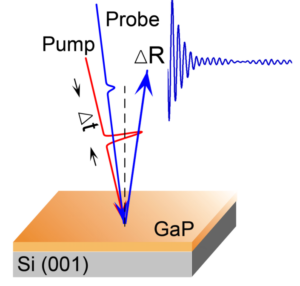 The key to their success was a new laser experiment that we started setting up in 2019. With intense excitation pulses, which are at the same time short enough for coherent phonon spectroscopy and widely tunable, Mette et al. could launch the phonons by resonantly exciting an electronic interface transition. The work has been conducted in collaboration with Kunie Ishioka from the National Institute for Materials Science (NIMS) in Tsukuba, Japan. The samples were grown and characterized by Wolfgang Stolz, former project A1, and Kerstin Volz, project A5, in Marburg.
The key to their success was a new laser experiment that we started setting up in 2019. With intense excitation pulses, which are at the same time short enough for coherent phonon spectroscopy and widely tunable, Mette et al. could launch the phonons by resonantly exciting an electronic interface transition. The work has been conducted in collaboration with Kunie Ishioka from the National Institute for Materials Science (NIMS) in Tsukuba, Japan. The samples were grown and characterized by Wolfgang Stolz, former project A1, and Kerstin Volz, project A5, in Marburg.
Publication
G. Mette, K. Ishioka, S. Youngkin, W. Stolz, K. Volz, U. Höfer
Interface‐specific excitation of coherent phonons at the buried GaP/Si(001) heterointerface
Adv. Mater. Interfaces (2025) 2400573 DOI:10.1002/admi.202400573
Contact
Prof. Dr. Ulrich Höfer
Philipps-Universität Marburg
SFB 1083 project B5 and B6
Tel.: 06421 28-24215
EMAIL
